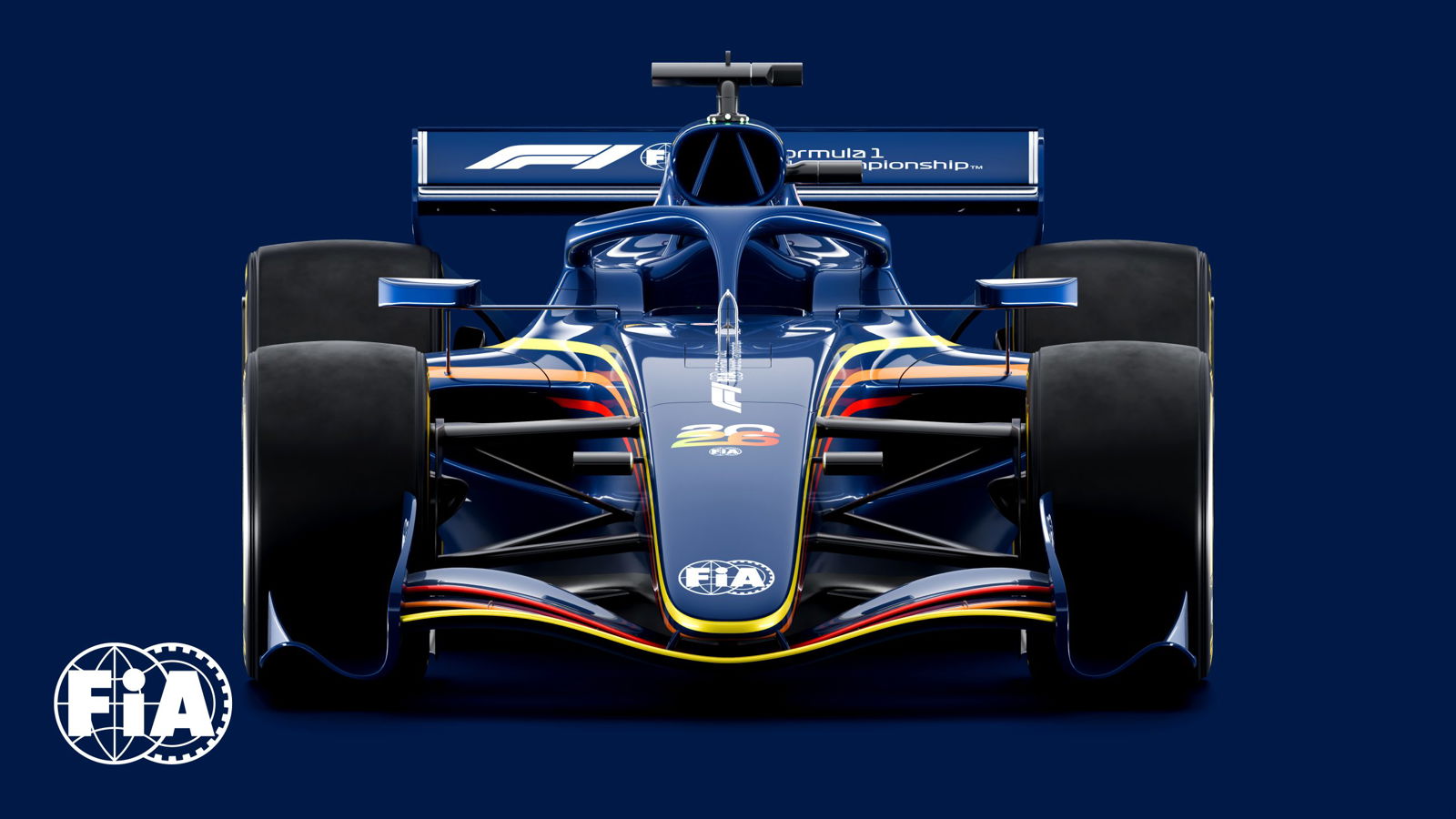

Sweeping new rules for the next generation of F1 will see changes to both power units and car design.
The latter comes in response to decisions made on the engine front, with MGU-H to be scrapped while the use of electrical energy will nearly triple.
The internal combustion engine will remain largely as is, though drop from 540kW to 400kW as greater fuel flow restrictions are introduced.
Aerodynamic changes have been made to accommodate those factors with moveable wings allowing cars to swap between two drag levels; high downforce for corners, and low downforce for straights.
“One of the main changes for 2026 aerodynamically hinges on reducing the drag from the rear wing,” admitted Jason Somerville, FIA head of aerodynamics.
“In order to reduce the overall drag, we have an active portion of the rear wing, akin to the DRS system that we currently have, although with more moving elements, which move to a greater degree.”
It’s a fundamental change in the regulations and, since drivers will be able to make the switch as they please, it would render a DRS-like system redundant.
“The difference between the DRS on the current car and the plans for the 2026 car really comes down to the use around the lap,” Somerville added.
“Typically, DRS is an overtaking aid and you grant DRS when you’re within one second of a lead car at specific points.
“With the 2026 car we’ll be giving the drivers the ability to switch between the high downforce and low drag modes irrespective of any gaps.
“So at pre-defined points around the lap, a driver will be able to switch to a low-drag mode to give them the performance down the straights where they’re not grip limited.
“Then, as you approach the braking zone, you’ll switch back to your high downforce mode.
“Each car would have the ability to switch between these two modes, entailing moving the rear wing and readjusting the front wing, and any following car would do the same.
“This is an active system that’s controlled by the driver, although he will get a trigger, in the same way that he gets a trigger now, to indicate when he can activate the low drag mode. And the system will switch back to high downforce mode either under driver control or via brake pressure.”
For 2026, the moveable aerodynamic devices render DRS obsolete, though something akin to it is still considered essential.
The solution is, effectively, a push-to-pass system using electrical energy.
“Thanks to the much larger amount of electrical power available in ’26, drivers will be able to harvest a lot more energy in the braking phase and then use that energy for the next acceleration,” revealed Vincent Pereme, FIA head of powertrain.
“Additionally, a much bigger battery and more electrical power will mean the cleverest teams and drivers will be able to gain an advantage in using this electrical energy in the right part of the circuit.
“There is also the Manual Override system, which will give the possibility to use the electrical engine for a longer period of time on the straight compared to a competitor, which will work as DRS today.”
DRS was introduced as a means of aiding overtaking by providing the trailing car a greater top speed.
When running within a second of the car ahead at set intervals, drivers are able to change the angle of the rear wing main plane, which reduces drag and therefore offers a boost to top speed.
First used in 2011, the system was designed to help create increased overtaking opportunities.
The divisive concept has, over the years, come to be accepted as a necessary evil given following in Formula 1 has become increasingly difficult.
Changes were made to the cars under the current regulations in an effort to reduce the turbulent air experienced by trailing cars, which has helped but not resolved the underlying issue.
The ability for drivers to swap between to different wing levels, dubbed x-mode and z-mode internally and will fundamentally change the way F1 goes racing.
“X-mode is our terminology for the low drag mode and that gives you your high top-speed,” explained Somerville.
“And that’s the state you’d be in when you’re on a straight or past (sic) exiting a corner.
“As you approach the braking zone, you’d then pop into Z-mode, which is where the downforce is required to get through braking and around the corner.
“So we have these two modes that would be set up in terms of zones around the lap, and the drivers would be able to switch between these two modes when permitted.
“There may be Sporting Regulations, that for example prevent use in wet conditions, but otherwise we would expect the drivers to have access to both modes around the track for every lap.”






















Discussion about this post